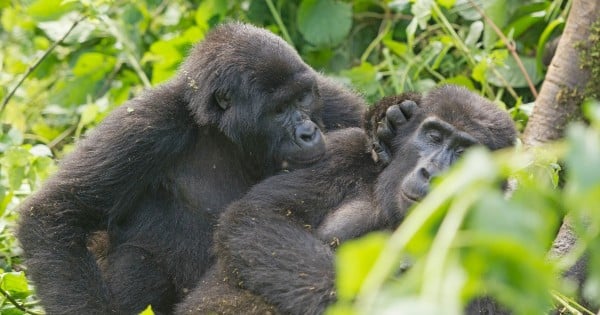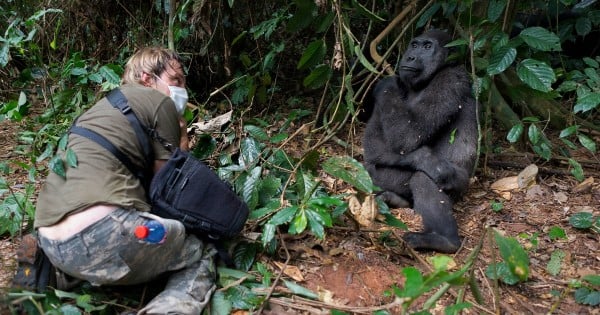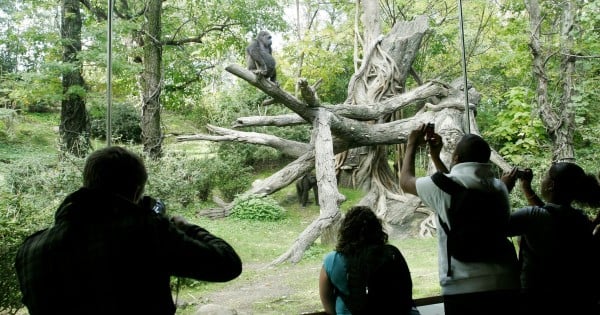Carla Litchfield, University of South Australia
The death of Harambe, a 17-year-old silverback Western lowland gorilla shot dead by Cincinnati Zoo staff after a four-year-old boy fell into his enclosure, has sparked anger and controversy.
One lesson we can take from this sad episode is the need to be realistic about the conditions in which gorillas and other captive animals live. If we accept that gorillas are going to be kept in zoos, we need to make sure those zoos don’t fail these animals by letting situations like this arise.
Gorillas are obviously potentially dangerous to humans. We are a danger to them too, not least because our genetic closeness makes gorillas vulnerable to many human diseases.
Harambe with the child.
As unpalatable as it seems to zoo visitors who might want to see animals living as “naturally” as possible, gorillas need to be kept behind glass, steel mesh or wide divides – for their own safety as well as ours.
Safety-first zoo design
One of the biggest questions about the Cincinnati Zoo incident is how the young boy could so easily have fallen into Harambe’s enclosure and come into direct contact with him. In light of this, there are certain principles that can be followed for the safe design of enclosures for large animals.
If an outdoor enclosure has some type of moat for containment, it may be a deep concrete moat with shallow water (less than 50cm) for gorillas to use without risk of drowning (gorillas can’t swim).





Top Comments
I visited the Adelaide Zoo recently, and while I know the star attraction - pandas - exhibit seems great... I felt like crying when I saw the pitiful sea lion exhibit. It was tiny and terrible for these intelligent creatures. I am from Melbourne, where I think our enclosure it meets basic needs at least.